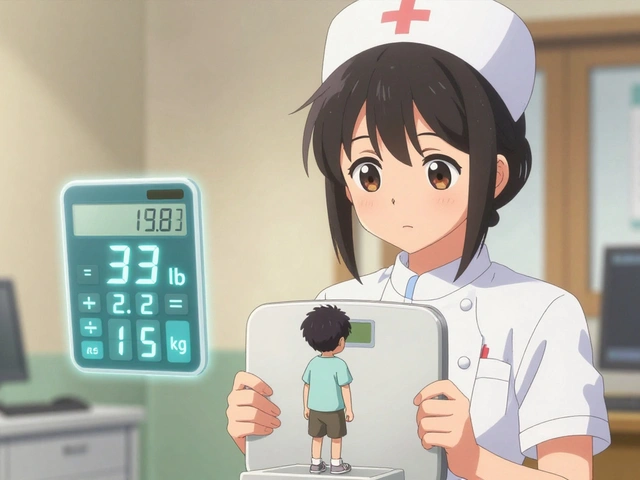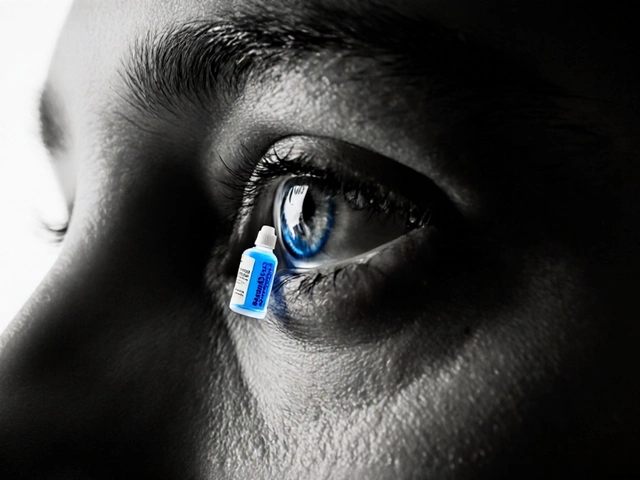Laser Therapy: What It Is and Why It Matters
If you’ve seen a doctor talk about laser therapy, you might wonder if it’s high‑tech wizardry or just a fancy buzzword. In plain terms, laser therapy uses focused light beams to target tissue, reduce pain, or promote healing. The light is measured in wavelengths that can reach deeper than ordinary skin surface, so doctors can treat everything from skin spots to joint pain without a scalpel.
The cool part is that the procedure is usually quick, often done in a clinic, and you can walk out the same day. That’s why more people are choosing it over surgery or long‑term medication. Below, we break down how it works, where it’s commonly used, and what you should keep in mind before you book an appointment.
How Laser Therapy Works
Think of a laser as a flashlight that’s been supercharged and narrowed into a tight beam. When that beam hits tissue, the light energy is absorbed and turns into heat at a microscopic level. This heat can:
- Stimulate blood flow, which speeds up the body’s natural repair process.
- Break down scar tissue or pigment that causes skin discoloration.
- Temporarily numb nerves to ease pain.
Because the beam can be tuned to different wavelengths, doctors can choose the exact type that matches the condition they’re treating. For example, a red‑light laser penetrates a few millimeters and is great for surface skin issues, while an infrared laser goes deeper, reaching muscles and joints.
Safety is built into the equipment – most devices have built‑in cooling systems and automatic shut‑off if the beam exceeds safe limits. Still, you’ll be asked to wear protective goggles, just like you’d wear shades at a sunny beach.
Common Applications and What to Expect
Laser therapy shows up in many specialties. Here are a few everyday uses you might hear about:
- Skin rejuvenation: Reduces fine lines, acne scars, and sun damage.
- Pain management: Helps with arthritis, back pain, and sports injuries.
- Hair removal: Targets hair follicles to slow future growth.
- Dental work: Softens gum tissue before surgery or treats mouth sores.
During a typical session, the practitioner will clean the area, maybe apply a cooling gel, and then move the laser handpiece over the skin. Sessions last anywhere from a few minutes to half an hour, depending on the size of the area and the condition being treated.
Most people feel a mild warming sensation. Some say it’s like a rubber band snapping, but it shouldn’t be painful. After the session, you might notice a slight redness that fades within a few hours. For skin resurfacing, you could see some flaking or peeling a day or two later – this is part of the healing process.
Recovery time is minimal. You can usually resume normal activities right away, though doctors often recommend avoiding direct sun exposure for a few days and using sunscreen to protect the treated zone.
Before you book, ask about the practitioner’s training, the type of laser they use, and whether they’ll provide a post‑treatment care plan. Knowing the expected number of sessions (many treatments need 3‑6 visits) helps you set realistic expectations and budget.
Bottom line: laser therapy offers a non‑invasive way to treat a range of issues, with quick sessions and low downtime. If you’re curious, schedule a consultation, ask the right questions, and see if the benefits line up with your health goals.
Discover effective alternatives to Isotroin for acne treatment and skin improvement. This article explores various options like laser therapy, highlighting their benefits and drawbacks. Learn how these alternatives can help achieve clearer, healthier skin.
Continue reading





